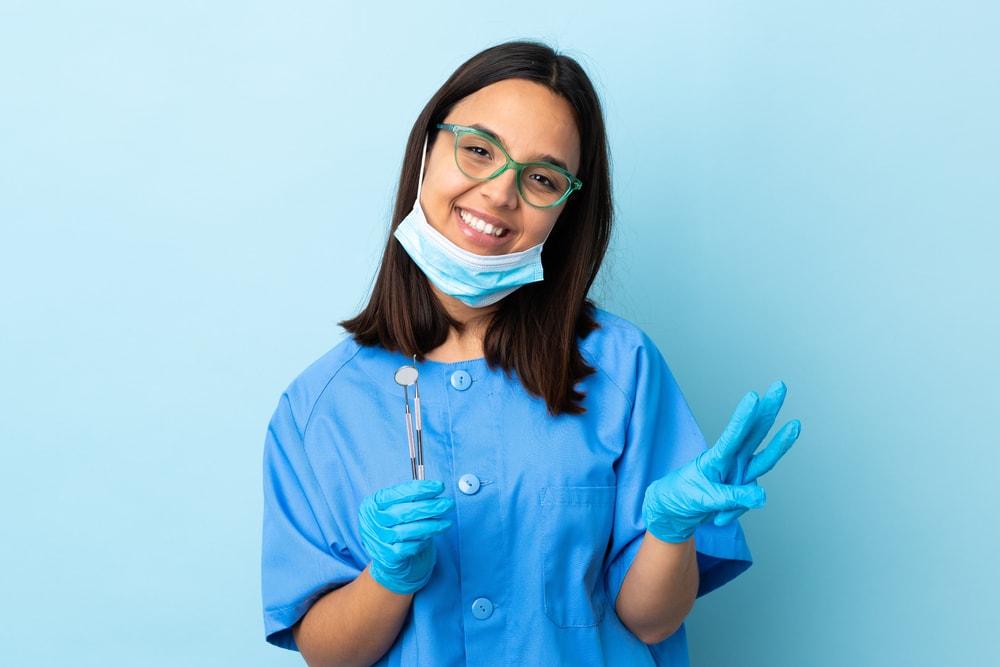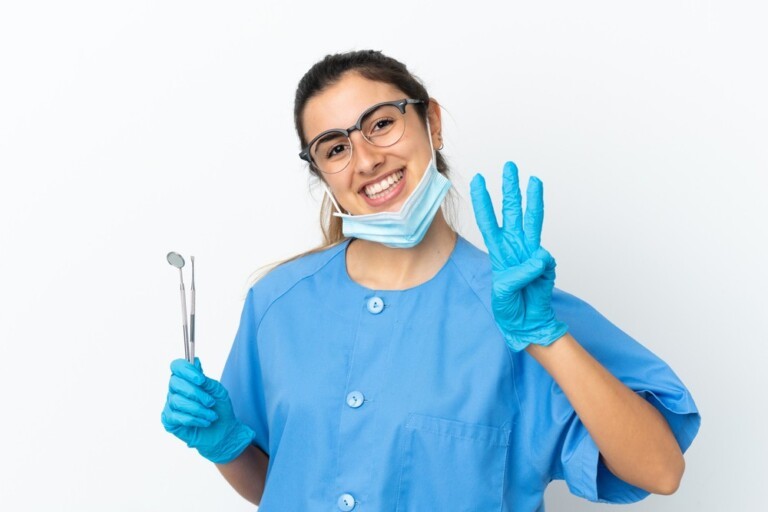The recent pandemic was clearly a crisis. Crisis is part of business and life. Periodically there will be crises whether it be a recession, terrorist attack or a pandemic. There will be other crises in the future, and we do not yet know what they will be. So, in this most recent crisis, what did we learn that can benefit dental practices today and in the future.

3 strategies and takeaways from the pandemic for dental practices to consider
1. The first takeaway from the pandemic was that most dental practices did not have sufficient cash on hand when it hit.
Levin Group estimates that had it not been for PPP money from the government, which bolstered many businesses and kept them alive, at least 10% more dental practices would have simply closed, as cash was not available and doctors could not get loans or fund the practice personally.
First, accumulate more cash. To accomplish that you most likely need to increase revenue and profit. Many doctors, due to student loan and practice debt, are not yet able to lower their income in order to accumulate cash reserves for the practice. This can be offset by practice growth which can be accomplished with excellent systems and a well-trained staff.
2. The second takeaway is staffing. No one predicted that dentistry would ever face a staffing shortage like we are facing today, and the shortage will last for approximately 7 to 10 years.
In a staffing shortage, systems and training once again become the critical elements. Practices need step-by-step, documented, proven systems with training manuals to raise the level of performance of the current team, but perhaps more importantly, train new team members who are often inexperienced.
3. The third takeaway is the need to understand patient behavior.
Obviously, in the shutdown, patients were not coming into the practice. Many patients returned quickly, and practices experienced a “busyness” with the pent-up demand. But 15% to 20% of patients changed their behavior and did not return right away. Under these conditions, practices assumed that feeling busy meant they were increasing revenue.
Unfortunately, many who felt busy also found that their revenue and income had declined at the end of 12 months and was not on track for an increase in the next 12 months. Busyness makes practices feel successful, but key measurements such as revenue and income need to be monitored weekly.
Because of the pandemic, many patients will need extra attention to keep on-schedule for hygiene and other important dental care. You should re-energize your effort to reactivate all inactive patients – those who do not have their next appointment.
When the pandemic hit, many practices already had 10% or more of their patients unscheduled. Today that number is closer to 15% and yet many practices are not addressing it because they feel busy.
Dr. Roger Levin
Make sure your schedule is built properly and is strategically designed to deliver practice growth. Create a new workable schedule using all the modern practice management techniques ranging from time blocks to procedural time studies. Then, an assault on getting non-active patients scheduled must take place. It will take more than one text or a single phone call (which will invariably end up in voicemail.) It requires a step-by-step system programmatically carried out to achieve the goal of having 98% of all patients scheduled at all times.
Simply addressing these three recommendations will prepare any practice for future crises.
Will there be another crisis? Hopefully not at the level of the pandemic, but it would be foolish not to recognize that there will be recessions, changes in insurance reimbursements, new competition, high inflation and other factors. A dental practice is a business and the smartest thing any business can do is create high performance today using techniques that will also be protective in the future.


